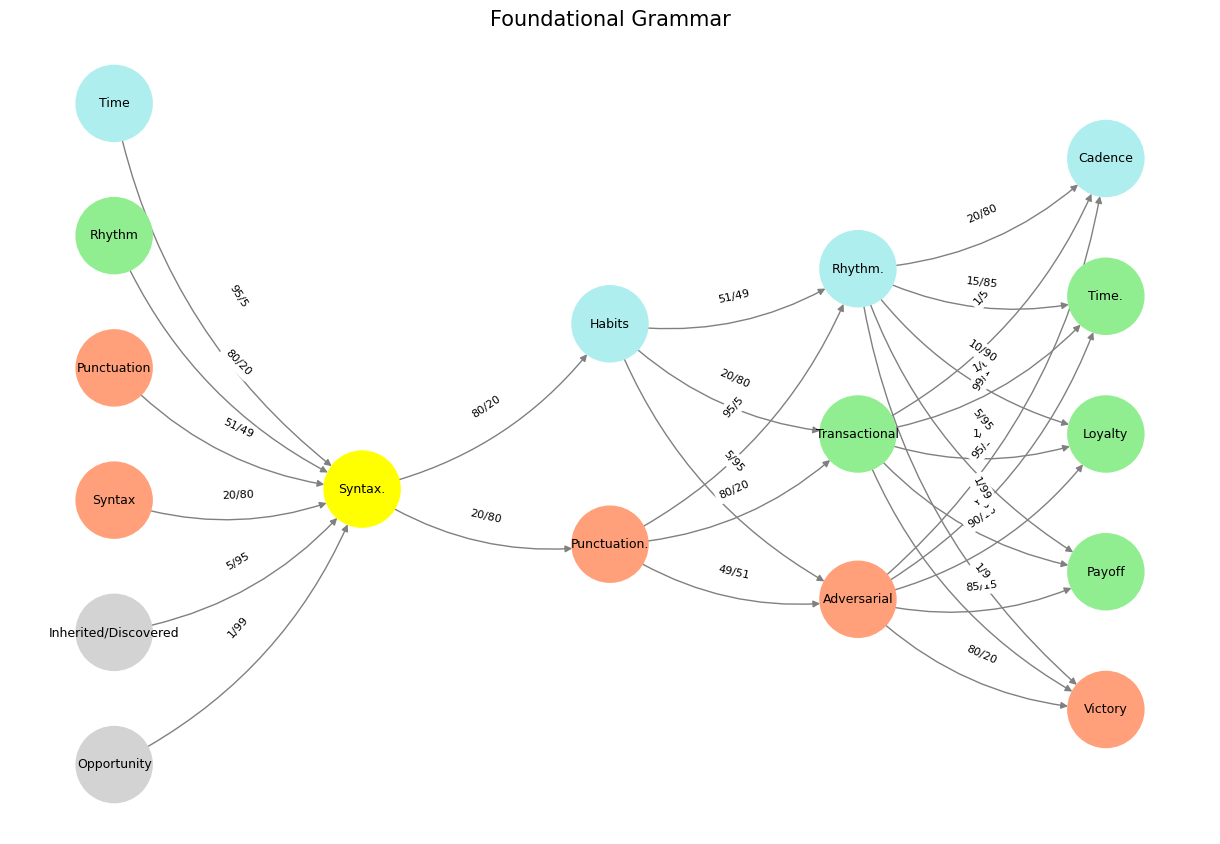Traditional#
Plato’s Deductive Idealism, Bacon’s Empirical Codification, and Aristotle’s Iterative Dynamism#
Isaiah 2:2-4 offers a vision of a world at rest: “they shall beat their swords into plowshares,” signaling the arrival of an equilibrium in which conflict has ceased, learning is complete, and history has settled into a final, perfected form. This is the dream of many philosophers—an ordered reality in which the struggle of knowledge gives way to mastery. But is such an end-state even possible? And if so, does it arise from reasoning downward from ideal principles, from accumulating structured knowledge, or from a world that never ceases to refine itself?

Fig. 32 Akia Kurasawa: Why Can’t People Be Happy Together? This was a fork in the road for human civilization. Our dear planet earth now becomes just but an optional resource on which we jostle for resources. By expanding to Mars, the jostle reduces for perhaps a couple of centuries of millenia. There need to be things that inspire you. Things that make you glad to wake up in the morning and say “I’m looking forward to the future.” And until then, we have gym and coffee – or perhaps gin & juice. We are going to have a golden age. One of the American values that I love is optimism. We are going to make the future good.#
Plato’s method was fundamentally deductive and top-down. He saw reality as a shadow of a higher, ideal realm—the Forms—where perfect knowledge already existed. For Plato, wisdom was a process of uncovering these truths, peeling back the imperfections of the material world to glimpse the eternal structures beneath. This made his approach hierarchical: truth descended from the ideal to the real. In a Platonic framework, Isaiah’s vision would not be the result of gradual improvement or trial-and-error but the fulfillment of a preordained order, a world aligning itself with an ultimate truth that was always meant to be.
Bacon, in contrast, rejected the idea that truth was already written in some higher realm. He built an empirical method designed to gather knowledge from observation, to construct understanding from the ground up rather than reasoning from first principles. But while his method was inductive in practice, it was structured toward a final goal—the organization and systematization of knowledge into usable laws. Bacon’s vision was not about eternal recurrence but about progress, a belief that human mastery over nature could be steadily accumulated until the unknown was reduced to a manageable structure. His inductive method was therefore paradoxically static: once enough knowledge had been gathered, once the great experiment of empirical observation had run its course, humanity would no longer need to learn. Isaiah’s vision, seen through Bacon’s eyes, is the fulfillment of empirical progress—the moment when all conflict is resolved into structured, applied wisdom.
Aristotle, however, embodied a different kind of induction, one that was neither Platonic nor Baconian in its finality. Where Plato sought perfect Forms and Bacon sought perfect mastery, Aristotle accepted an imperfect, evolving world. His method was inductive, but it did not assume that knowledge could ever be finalized. He saw reality as something that had to be continuously studied, continuously revised—a process of iteration, not destination. He recognized that knowledge was never complete, that it had to be constantly reweighted and re-evaluated in light of new experience. Unlike Bacon, who sought to codify understanding, Aristotle’s inductive framework was fundamentally open-ended. His vision of reality was closer to modern neural networks: not the attainment of truth but the perpetual refining of approximations. Through an Aristotelian lens, Isaiah’s vision is not an endpoint but an illusion—because no civilization ever reaches an equilibrium where knowledge is final and adaptation is no longer necessary.
Plato offers us a world where truth is already complete, and knowledge is the process of aligning with it. Bacon gives us a world where knowledge accumulates toward an eventual, usable mastery. Aristotle alone recognizes that knowledge is always in motion, that learning is never complete, and that reality itself is a system of constant correction and adaptation. If we must choose a framework for understanding the world, the choice is not merely between deduction and induction, but between truth as static perfection, truth as structured mastery, and truth as an ever-moving target.
Show code cell source
import numpy as np
import matplotlib.pyplot as plt
import networkx as nx
# Define the neural network layers
def define_layers():
return {
'Suis': ['Opportunity', 'Inherited/Discovered', 'Syntax', 'Punctuation', "Rhythm", 'Time'], # Static
'Voir': ['Syntax.'],
'Choisis': ['Punctuation.', 'Habits'],
'Deviens': ['Adversarial', 'Transactional', 'Rhythm.'],
"M'èléve": ['Victory', 'Payoff', 'Loyalty', 'Time.', 'Cadence']
}
# Assign colors to nodes
def assign_colors():
color_map = {
'yellow': ['Syntax.'],
'paleturquoise': ['Time', 'Habits', 'Rhythm.', 'Cadence'],
'lightgreen': ["Rhythm", 'Transactional', 'Payoff', 'Time.', 'Loyalty'],
'lightsalmon': ['Syntax', 'Punctuation', 'Punctuation.', 'Adversarial', 'Victory'],
}
return {node: color for color, nodes in color_map.items() for node in nodes}
# Define edge weights (hardcoded for editing)
def define_edges():
return {
('Opportunity', 'Syntax.'): '1/99',
('Inherited/Discovered', 'Syntax.'): '5/95',
('Syntax', 'Syntax.'): '20/80',
('Punctuation', 'Syntax.'): '51/49',
("Rhythm", 'Syntax.'): '80/20',
('Time', 'Syntax.'): '95/5',
('Syntax.', 'Punctuation.'): '20/80',
('Syntax.', 'Habits'): '80/20',
('Punctuation.', 'Adversarial'): '49/51',
('Punctuation.', 'Transactional'): '80/20',
('Punctuation.', 'Rhythm.'): '95/5',
('Habits', 'Adversarial'): '5/95',
('Habits', 'Transactional'): '20/80',
('Habits', 'Rhythm.'): '51/49',
('Adversarial', 'Victory'): '80/20',
('Adversarial', 'Payoff'): '85/15',
('Adversarial', 'Loyalty'): '90/10',
('Adversarial', 'Time.'): '95/5',
('Adversarial', 'Cadence'): '99/1',
('Transactional', 'Victory'): '1/9',
('Transactional', 'Payoff'): '1/8',
('Transactional', 'Loyalty'): '1/7',
('Transactional', 'Time.'): '1/6',
('Transactional', 'Cadence'): '1/5',
('Rhythm.', 'Victory'): '1/99',
('Rhythm.', 'Payoff'): '5/95',
('Rhythm.', 'Loyalty'): '10/90',
('Rhythm.', 'Time.'): '15/85',
('Rhythm.', 'Cadence'): '20/80'
}
# Calculate positions for nodes
def calculate_positions(layer, x_offset):
y_positions = np.linspace(-len(layer) / 2, len(layer) / 2, len(layer))
return [(x_offset, y) for y in y_positions]
# Create and visualize the neural network graph
def visualize_nn():
layers = define_layers()
colors = assign_colors()
edges = define_edges()
G = nx.DiGraph()
pos = {}
node_colors = []
# Add nodes and assign positions
for i, (layer_name, nodes) in enumerate(layers.items()):
positions = calculate_positions(nodes, x_offset=i * 2)
for node, position in zip(nodes, positions):
G.add_node(node, layer=layer_name)
pos[node] = position
node_colors.append(colors.get(node, 'lightgray'))
# Add edges with weights
for (source, target), weight in edges.items():
if source in G.nodes and target in G.nodes:
G.add_edge(source, target, weight=weight)
# Draw the graph
plt.figure(figsize=(12, 8))
edges_labels = {(u, v): d["weight"] for u, v, d in G.edges(data=True)}
nx.draw(
G, pos, with_labels=True, node_color=node_colors, edge_color='gray',
node_size=3000, font_size=9, connectionstyle="arc3,rad=0.2"
)
nx.draw_networkx_edge_labels(G, pos, edge_labels=edges_labels, font_size=8)
plt.title("Foundational Grammar", fontsize=15)
plt.show()
# Run the visualization
visualize_nn()


Fig. 33 While neural biology inspired neural networks in machine learning, the realization that scaling laws apply so beautifully to machine learning has led to a divergence in the process of generation of intelligence. Biology is constrained by the Red Queen, whereas mankind is quite open to destroying the Ecosystem-Cost function for the sake of generating the most powerful AI.#

